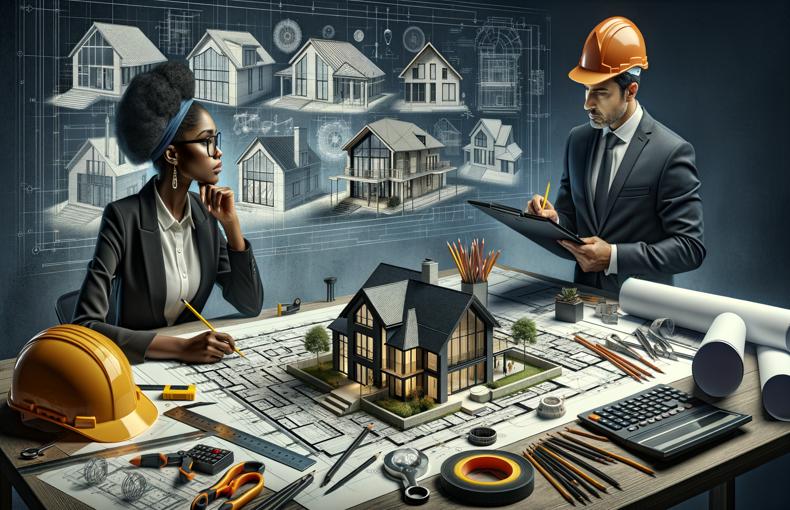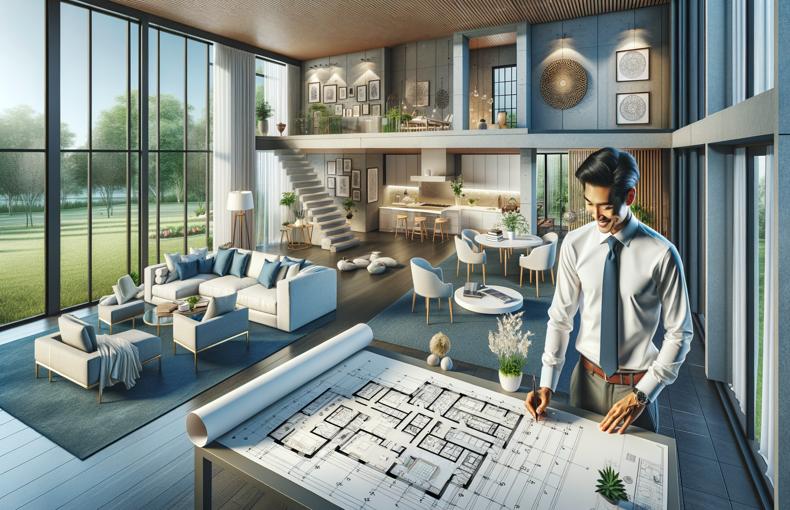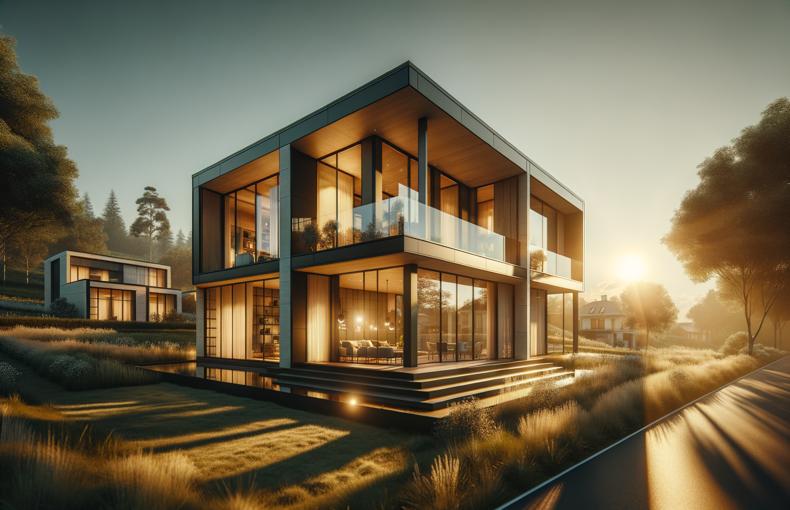Before You Start: Essential Considerations for Custom Home Drafting
Designing and building a custom home is an exciting yet complex process. It requires careful planning and attention to detail to ensure the final result meets your vision and needs. Custom home drafting is a crucial step in this journey, as it lays the foundation for every subsequent phase of construction. This blog post will delve into the essential considerations for custom home drafting, providing you with a comprehensive guide to start your project on the right foot.
1. Define Your Vision and Needs
Before diving into the drafting process, it's vital to have a clear vision of what you want your custom home to look like. Consider the following:
- Lifestyle Needs: Think about your daily routines and how your home can support them. Do you need a home office, a gym, or a large kitchen for entertaining?
- Future Growth: Plan for the future by considering potential family growth, aging in place, or resale value.
- Aesthetic Preferences: Determine your style preferences, such as modern, traditional, or transitional, to ensure the design aligns with your tastes.
2. Establish a Budget
A well-defined budget is crucial for keeping your project on track. It should include:
- Construction Costs: Estimate the cost per square foot for building your home.
- Architectural Fees: Account for the cost of hiring a professional drafter or architect.
- Permit Fees and Inspections: Budget for local building permits and necessary inspections.
- Contingency Fund: Set aside a contingency fund for unexpected expenses.
3. Hire a Professional Drafter or Architect
While DIY drafting software is available, hiring a professional drafter or architect ensures your plans are accurate, efficient, and compliant with local building codes. A professional can:
- Provide Expertise: Leverage their experience to optimize space usage and design efficiency.
- Ensure Compliance: Navigate local building regulations and zoning laws.
- Offer Creative Solutions: Suggest innovative design ideas that you may not have considered.
4. Research Local Building Codes and Zoning Laws
Understanding local building codes and zoning laws is essential to avoid costly modifications later. Key aspects include:
- Setbacks: Minimum distance required between your home and the property line.
- Height Restrictions: Maximum allowable height for structures in your area.
- Floor Area Ratio (FAR): Ratio of the building’s total floor area to the size of the lot.
- Permit Requirements: Necessary permits for construction, electrical work, plumbing, etc.
5. Consider Sustainability and Energy Efficiency
Incorporating sustainable and energy-efficient features can reduce long-term costs and environmental impact. Consider:
- Passive Solar Design: Maximize natural light and heat through strategic window placement and insulation.
- Energy-Efficient Systems: Invest in high-efficiency HVAC systems, appliances, and lighting.
- Sustainable Materials: Use eco-friendly materials such as reclaimed wood, recycled metal, and low-VOC paints.
6. Plan for Future Technology
Modern homes increasingly incorporate smart technology to enhance convenience and security. Plan for:
- Home Automation: Systems for lighting, heating, cooling, and security that can be controlled remotely.
- Wiring Infrastructure: Adequate wiring for current and future technological needs.
- Energy Monitoring: Devices to track and optimize energy usage.
7. Prioritize Functionality and Flow
A well-designed home should offer seamless flow and functionality. Key considerations include:
- Open Floor Plans: Promote social interaction and flexibility in space usage.
- Zoning Spaces: Separate private and public areas for better functionality.
- Storage Solutions: Integrate ample storage options such as built-in closets and cabinets.
8. Think About Resale Value
Even if you plan to stay in your custom home for many years, consider features that can enhance its resale value. Focus on:
- Curb Appeal: Attractive exterior design and landscaping.
- Popular Features: Modern kitchens, bathrooms, and outdoor living spaces.
- Quality Construction: Durable materials and craftsmanship that stand the test of time.
Additional Resources
For those looking to delve deeper into custom home drafting, the following resources offer valuable information and tools:
-
American Institute of Architects (AIA): www.aia.org Offers a wealth of resources on architectural design, including guidelines and best practices.
-
National Association of Home Builders (NAHB): www.nahb.org Provides insights into residential construction trends, building codes, and sustainable building practices.
-
International Code Council (ICC): www.iccsafe.org Offers comprehensive information on building codes and standards.
-
Energy Star: www.energystar.gov Provides guidelines and resources for energy-efficient home design and appliances.
-
Houzz: www.houzz.com An extensive platform for home design inspiration and professional connections.
-
Local Building Departments: Visit your local government's website for specific building codes, zoning laws, and permit requirements in your area.
By thoroughly considering these essential factors and leveraging the available resources, you can embark on your custom home drafting journey with confidence, ensuring a smooth and successful project from start to finish.
Conclusion
Custom home drafting is a pivotal step in bringing your dream home to life. By defining your vision, establishing a budget, hiring professionals, understanding local regulations, incorporating sustainability, planning for technology, prioritizing functionality, and considering resale value, you can create a home that perfectly aligns with your needs and aspirations. Don't hesitate to consult additional resources and professionals to guide you through the process, ensuring your custom home is both beautiful and functional for years to come.











